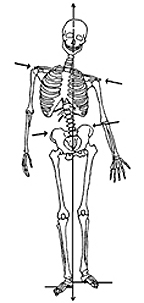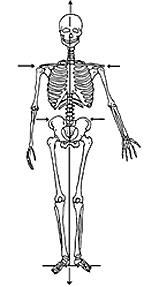Frequently Asked Questions
What is a Subluxation?Subluxations are spinal misalignments which cause distrubances of the nerves and blood supply in the body. When subluxations are present, the nerve supply is diminished leading to improper function. Think of a subluxation as the cause behind the traffic light's malfunction (in the traffic light example, see "what is the atlas"?), leading to back-ups and changes in the way information is routed in the body.
|
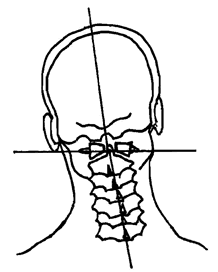 |
What are the effects of subluxations?Subluxations are misalignments found in the spine which can alter the way information is received by the joints, muscles, and organs, affecting communication between the nervous system and body. The spine can be thought of like a series of connected chains. If the first link in the chain is twisted or turned, each link in the chain will also turn, distrubing the alignment of the entire chain.
|
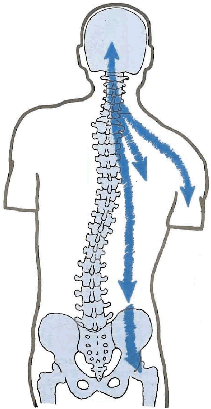 |
What is the Atlas?Atlas" is the name given to the first bone in the cervical spine. The atlas bone is located at the base of the skull and acts as a support for the head. It also serves as protection for the spinal cord which is connected to the brain and linked with every nerve in your body. As much as 40% of the blood supply to your brain is delivered through arteries which traverse the atlas bone, so as you can see, misalignments of the atlas bone can have a profound effect on your body!
|
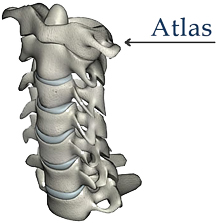 |
How do we adjust the Atlas? Orthogonal adjusting treats subluxations of the Atlas bone, the first bone in the cervical spine, by using a safe and gentle correction without any cracking, twisting, or popping. X-rays are taken with this technique to measure where the Atlas bone is situated in three distinct planes: from the top, the front, and sides views. With this information, the doctor knows exactly where to treat the patient using the Atlas Orthogonal Precision Adjusting Instrument and is able to make a correction that is specifically tailored to the patient. The instrument works on the principle of percussive force and uses only six pounds of pressure, a minute level of force, to deliver a correction.
|
|
What is the "Orthogonal position"? Although the word “orthogonal” may sound complex, it simply refers to intersecting lines which form 90 degree angles. The orthogonal position in Atlas Orthogonal Chiropractic refers to having the skull and cervical (neck) spine at exactly 90 degrees, achieving optimal alignment. |
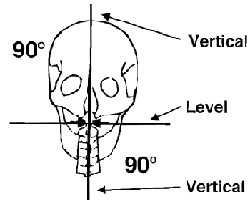 |

